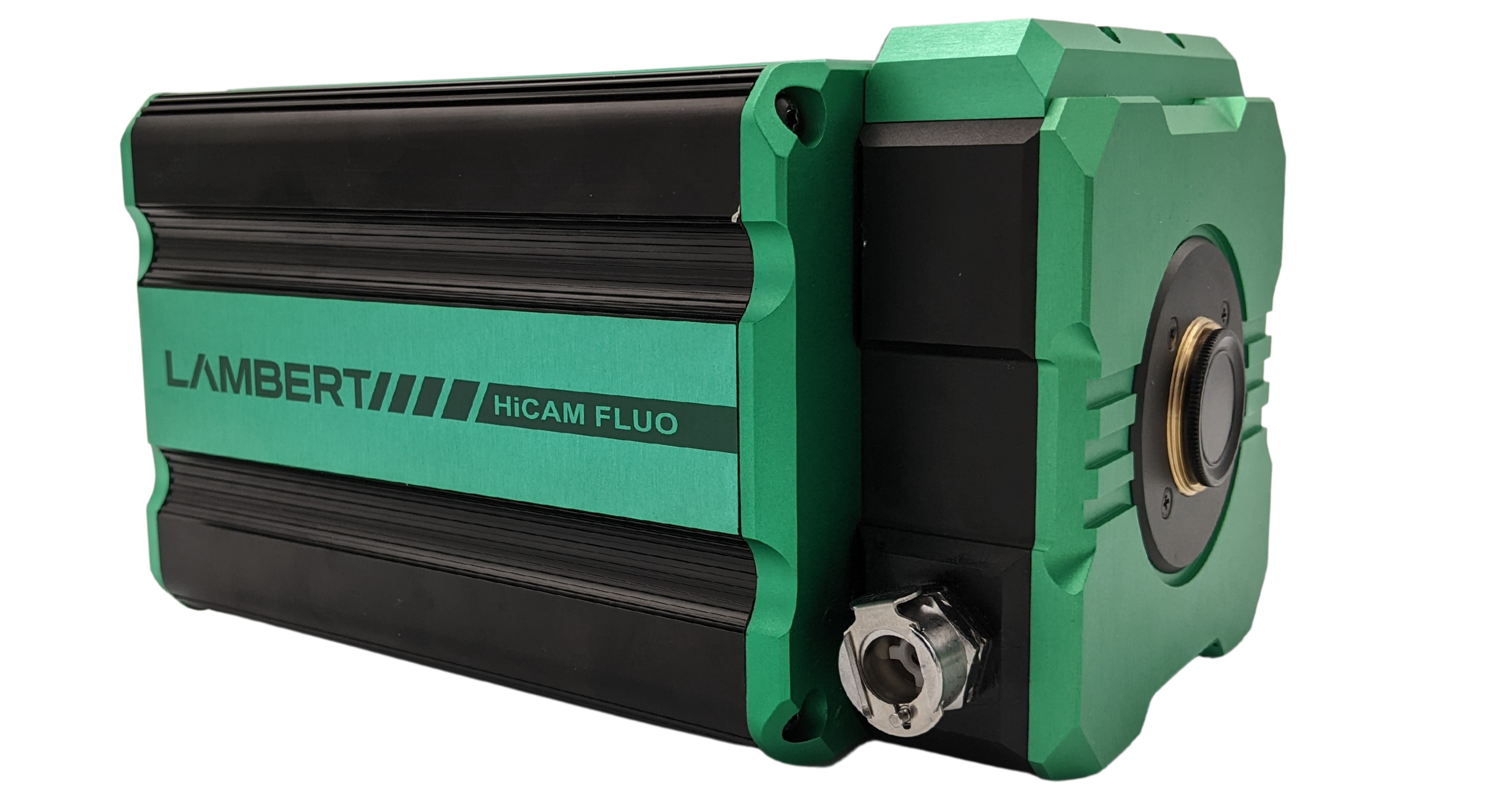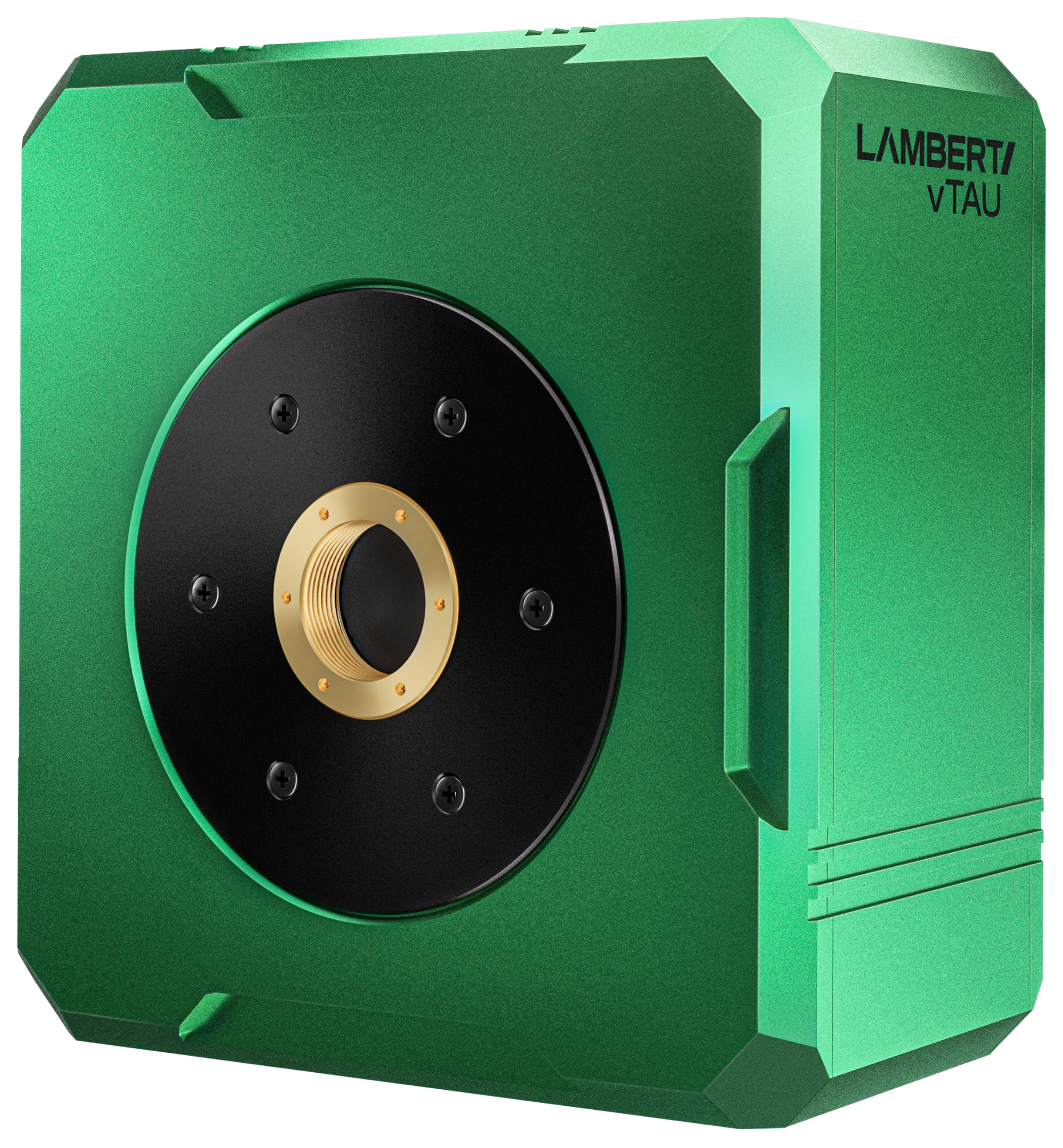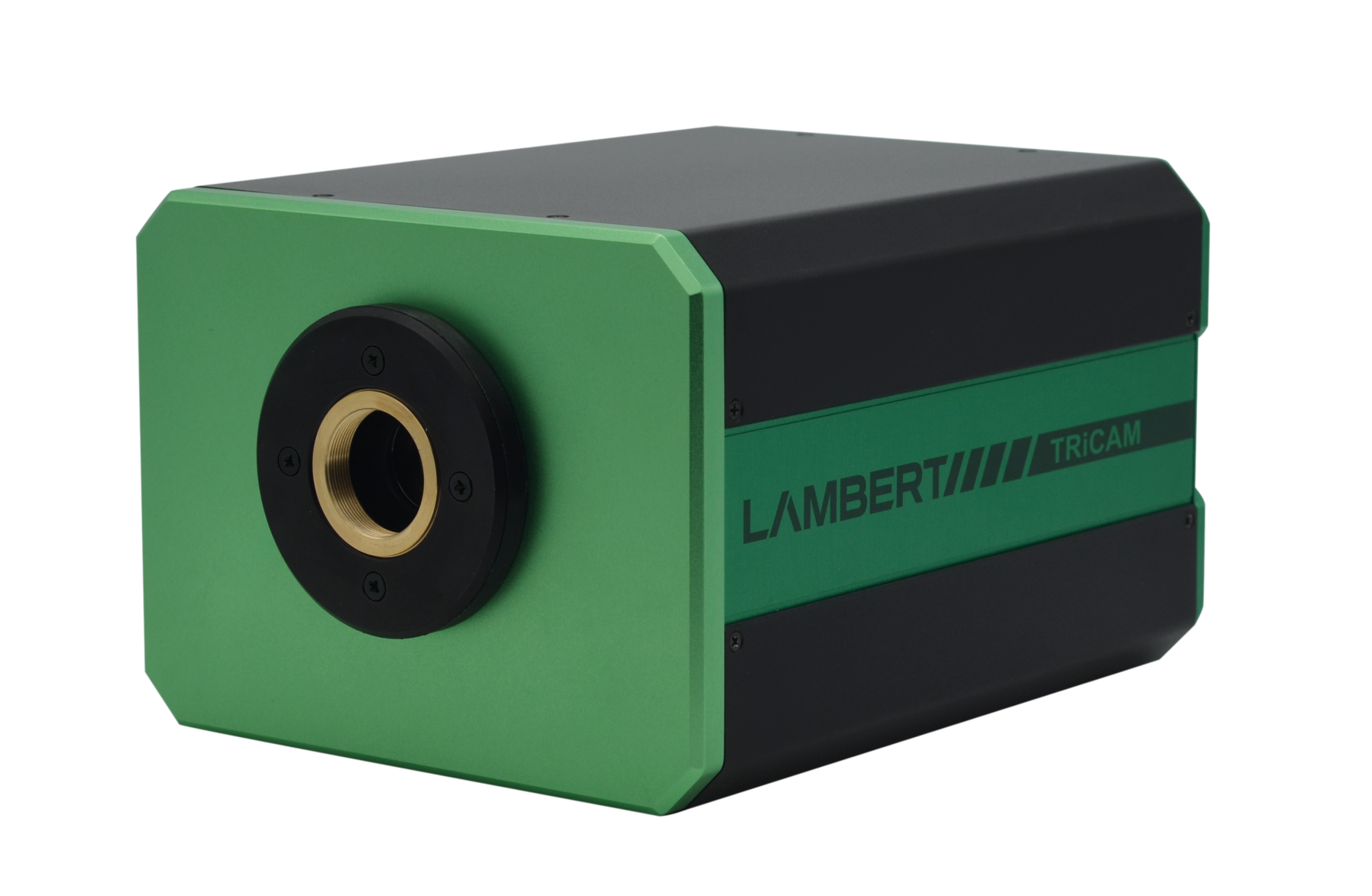< Back
Intensifier Control
Microfluidics
What is Microfluidics?
Microfluidics is a field that involves the manipulation and control of fluids at a very small scale, typically in channels with dimensions ranging from micrometers to millimeters. It combines principles from physics, chemistry, biology, and engineering to design systems where small volumes of liquids (often less than a microliter) can be precisely handled. These systems are used for applications like chemical analysis, biological assays, and drug delivery, offering advantages such as reduced sample volumes, faster processing times, and greater control over fluid dynamics. Microfluidics is integral to advancements in lab-on-a-chip technology.
Imaging in Microfluidics
Imaging in microfluidics is difficult because of tiny features, fast fluids, and the need for quick pictures. This often means using microscopes with small views and strong lights, which can add noise and even hurt the samples. Droplet microfluidics, used in biomedical fields, deals with creating and moving tiny droplets.
This study used a special high-speed camera, the HiCAM Fluo, to track these droplets for cell counting. The camera's speed and light-boosting tech allowed it to take clear pictures even in dim light and fast action, overcoming the usual microfluidics imaging hurdles. This makes the HiCAM Fluo useful for many things, like counting cells, testing drugs, and checking the environment.

HiCAM Fluo
The HiCAM Fluo is a high-speed camera for fluorescence imaging applications. It records high resolution images at a frame rate of up to 2000 fps in the most challenging low-light conditions by using a cooled image intensifier. Packed into a compact aluminum enclosure, it is easy to attach the HiCAM Fluo to any fluorescence microscope.
View Product
LIFA FLIM
The Lambert Instruments LIFA system is the fastest and easiest way to perform Fluorescence Lifetime Imaging Microscopy (FLIM).
View Product
TRiCAM
The TRiCAM is a compact intensified camera. It is designed for scientific and industrial applications that require low-light imaging. With built-in signal generators, the TRiCAM is capable of ultra-short exposures through fast gating and therefore suitable for time-resolved imaging.
View ProductHiCAM Fluo for Microfluidics
The HiCAM Fluo camera is a cutting-edge solution for the challenge of high-speed, low-light imaging in microfluidics. It significantly outperforms conventional high-speed cameras due to its 1000 times greater sensitivity and higher signal-to-noise ratio. This exceptional performance is achieved through an image intensifier, which converts photons to electrons, multiplies them, and then converts them back to photons for efficient capture by the camera's sensor. Different intensifier configurations offer advantages like high resolution or enhanced signal amplification.
The HiCAM Fluo's effectiveness is showcased in a study by the Max Planck Institute, where it successfully imaged the rapid generation of microfluidic droplets with low fluorescence, a feat unattainable with conventional cameras without sacrificing speed or image quality. This innovative camera opens up new possibilities in various applications, including high-speed fluorescence detection for in-vivo imaging and time-resolved imaging in plasma physics research.


